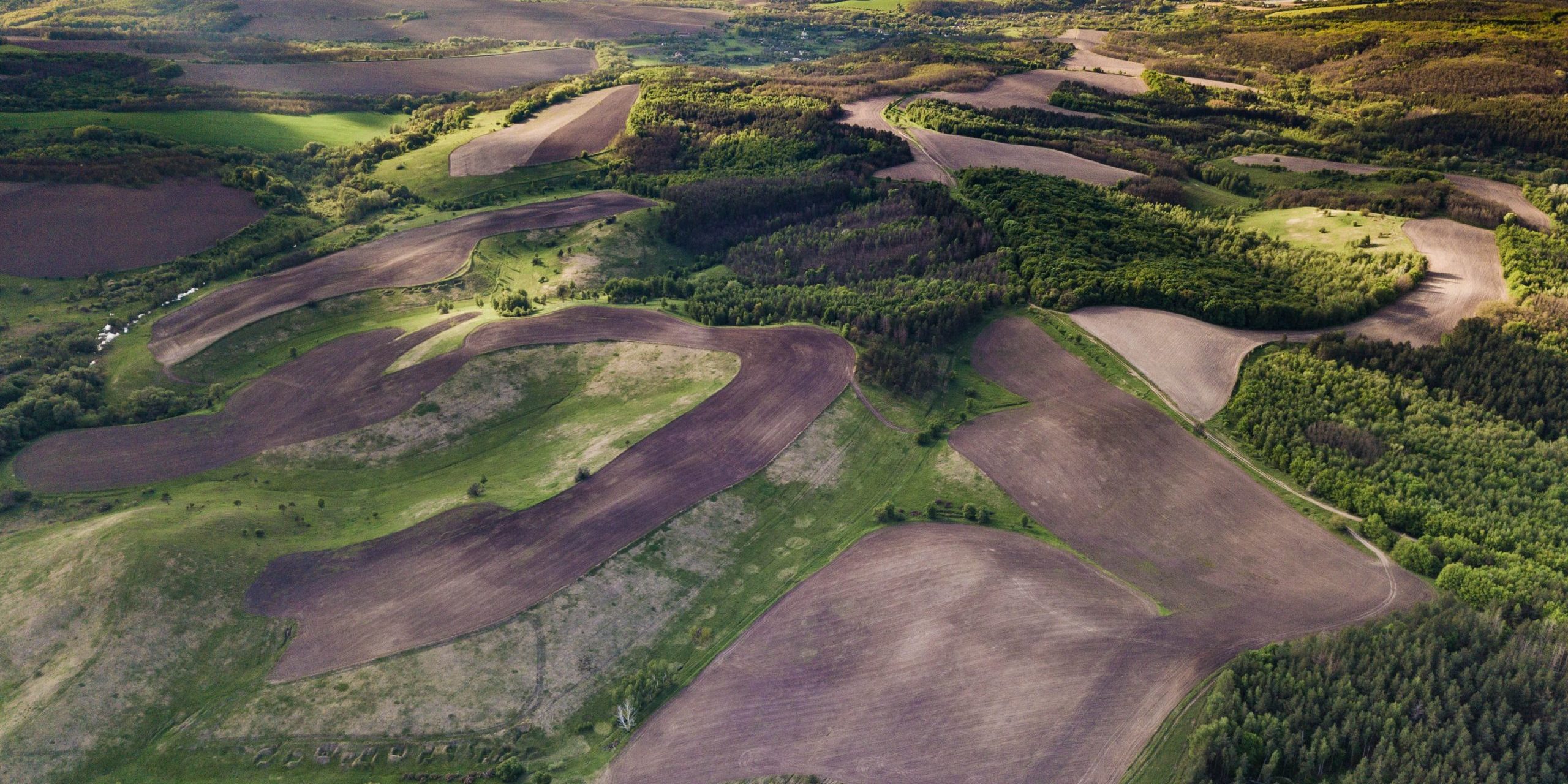New amendments to the legislation of Ukraine give local authorities the right to plow any agricultural land. At the same time, lawmakers have “forgotten” that many steppes and meadows of nature reserves also have the status of agricultural land. And according to the law “On the nature reserve fund”, the lands within the NPF remain intact, and violation of their regime entails criminal liability. The confusion created by the deputies can be costly for farmers who rush to seize new land.
The ink has not yet dried after the adoption of the law on creating conditions for food security in martial law (№ 2145-IX), as the Verkhovna Rada passed the law on the peculiarities of land relations in martial law (№ 2211-IX).
This law has so many controversial points that it brings chaos rather than order, at least in the field of land use, which includes agricultural land use and conservation of natural landscapes. And, as always, meadow-steppe ecosystems are most threatened.
The main provisions of both mentioned laws are spelled out in the transitional provisions of the Land Code of Ukraine (LCU). The first allowed the lease for commercial agricultural production of state land and communal agricultural land, land of some collective enterprises, unclaimed land. The law forbade changing the type of land. That is, you can not turn pastures or gardens into arable land and vice versa.
However, the second law allows the lease for commercial agricultural production of any agricultural land that is not intended for commercial agricultural production (we are talking about state and communal lands).
If you open the Classifier of Special Purpose Types, you can see that among the many types of agricultural land there are lands for “Haymaking and cattle grazing” (these are steppes and meadows), as well as “for the preservation and use of nature reserves.” Such lands are obviously natural or semi-natural areas.
Significant areas of these two groups of lands are part of many objects of the nature reserve fund. They have never been transferred from the category of “agricultural land” to the category of NPF lands. That is, in fact, this law allows the destruction of ecosystems of steppes and meadows (including protected areas) and “temporary” active development of such lands. However, in order to plow, for example, areas “For haymaking and cattle grazing”, you must first change the type of such land. But the law № 2145-IX forbids it.
Thus, a huge problem with the legislation is that a large percentage of agricultural land that has been included in the NPF facilities is still not classified as “nature reserve-fund and other nature protection”. Fortunately, Law № 2211-IX did not amend the law “On the Nature Reserve Fund of Ukraine”. Otherwise, it would be an unambiguous permission for the development of such lands. There were also no amendments to the Criminal and Administrative Code for damage to NPF territories. By the way, the Administrative Code also provides for liability for illegal destruction of pastures.
That is, Law № 2211-IX allows for plowing steppe and meadow areas of the nature reserve fund, but the law still remains administrative and criminal liability for those who do so.
It is unclear whether this confusion was deliberate or hasty.
At the same time, the phrase about construction works sounds just as strange. Law № 2211-IX prohibits the construction of construction sites “if the land is classified as a nature reserve and other nature conservation land,” but as noted above, not all areas of the NPF receive this category.
Even if Ukraine loses half of its arable land, it will still fully meet its own needs and continue to export agricultural products. Thus, last year’s grain harvest reached 85 million tons, of which 46 million tons have already been sold, and 21 million tons are waiting for sale. The extra 1-2 million tons of grain, which are planned to receive from additional land development, will not make the general weather in the gross harvest and therefore do not affect the food security of Ukraine. Moreover, according to agricultural experts, there is a risk that due to the blockade of ports, 21 million tons of grain of the old harvest will remain in the country at the time of the new harvest and the products will simply have nowhere to store.
It turns out that local authorities can provide any agricultural land for commercial agricultural production, not to mention that such land is part of many NPF facilities. However, according to the Law on the Nature Reserve Fund, lands within the NPF remain “sacred and inviolable” and violations of their regime and condition are punishable by the Administrative and Penal Code. Illegal destruction of pastures is also punishable by the Administrative Code. The new clauses of the Transitional Provisions of the LCU prohibit changing the type of land, in particular pastures and hayfields. Thus, the new changes allow the development of these lands, but other regulations that remain in force prohibit and punish for it.
This pun in the legislation could be explained by the difficult situation in the country and the martial law. But it seems that these steps are not so much a rush as an incredible greed for the land of the agrarian lobby in parliament, even during the war.







